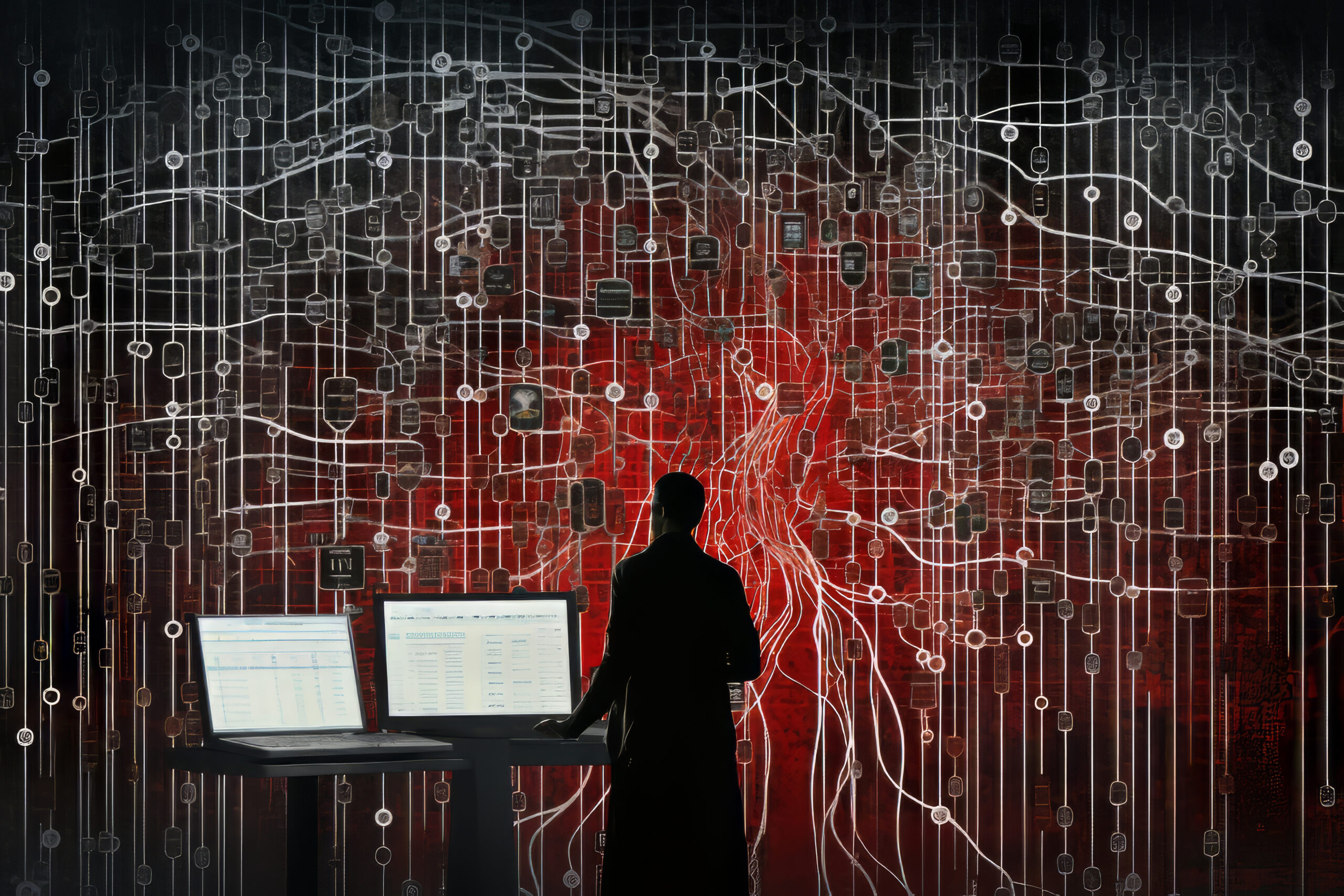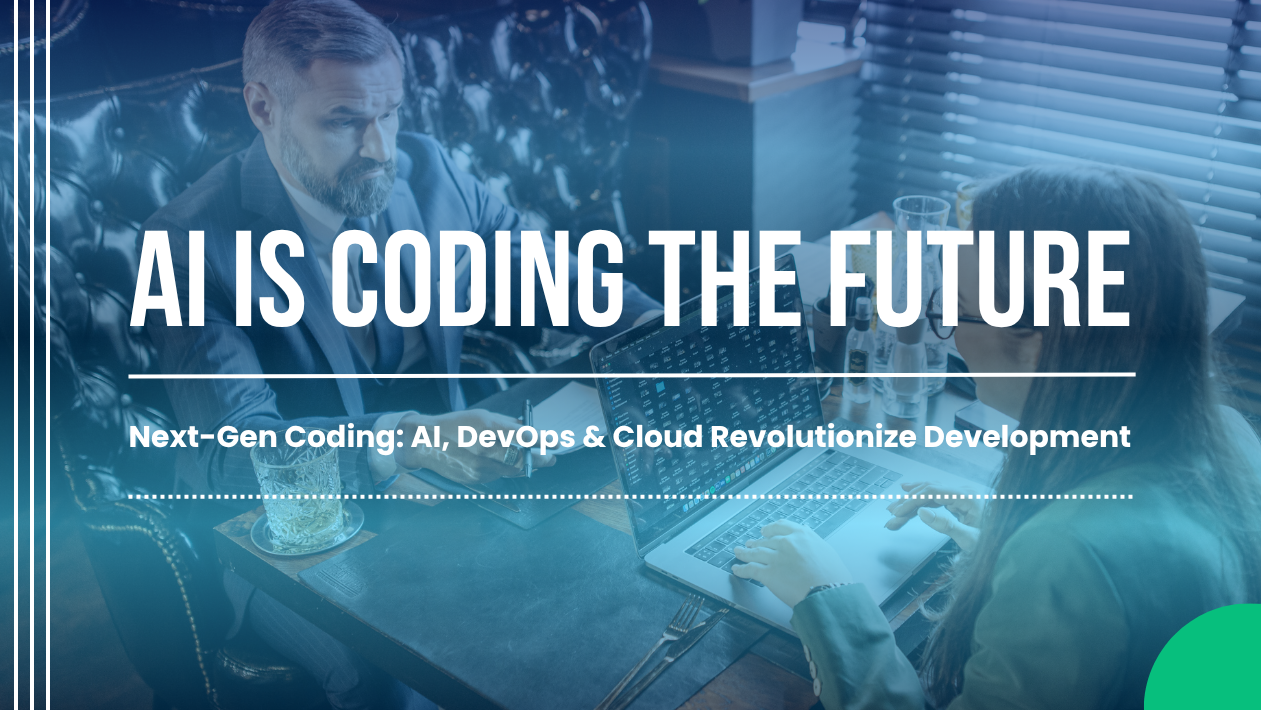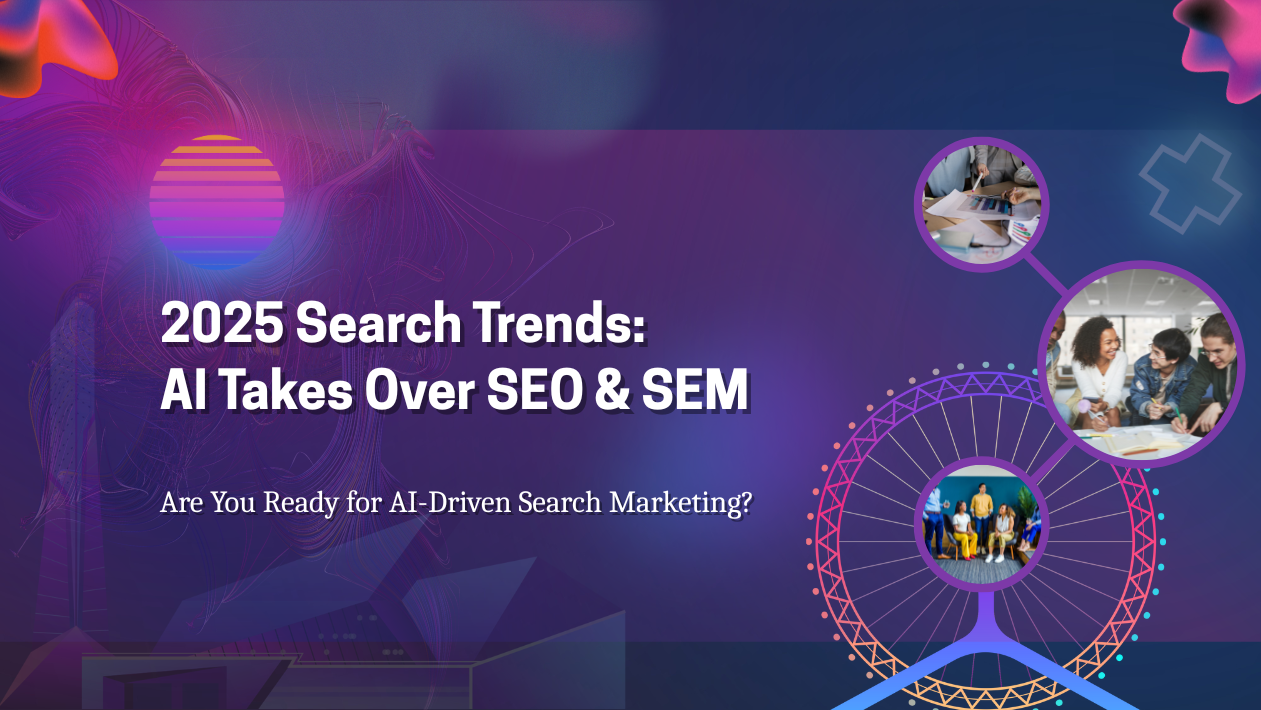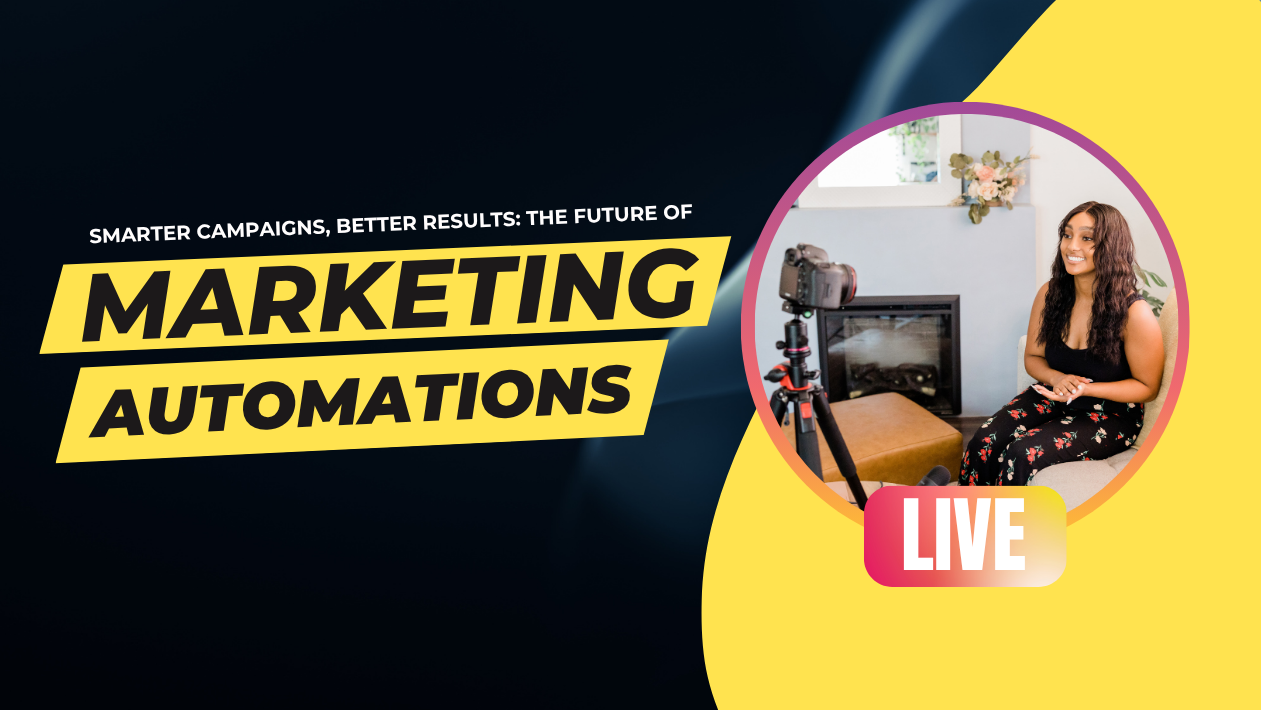As cyberattacks grow in scale, speed, and sophistication, 2025 marks a turning point in global cybersecurity strategy. From AI-generated phishing schemes to quantum-safe encryption trials, organizations are doubling down on resilience through proactive, AI-driven, and zero-trust models.
The World Economic Forum recently listed cyber risk as one of the top five global threats—placing it alongside climate change and geopolitical instability.
AI vs. AI: The New Cyber Battlefield
Hackers are increasingly leveraging generative AI to automate deepfake attacks, social engineering scripts, and polymorphic malware. In response, cybersecurity vendors are deploying defensive AI models that can analyze user behavior, detect anomalies, and respond in real time.
Companies like CrowdStrike, Palo Alto Networks, and Darktrace are leading this next-gen battle with self-learning algorithms that adapt as threats evolve.
Zero Trust Architecture Becomes Standard
With remote work now normalized and endpoints scattered across the globe, Zero Trust has become the default security model. Enterprises are adopting “never trust, always verify” frameworks that continuously authenticate users, devices, and network activity.
Government agencies and Fortune 500s are requiring Zero Trust compliance across supply chains.
Ransomware-as-a-Service (RaaS) Drives Up Attacks
The rise of ransomware-as-a-service on the dark web has enabled non-technical criminals to launch large-scale attacks. In 2025, healthcare, manufacturing, and financial services remain top targets, with attackers demanding payments in privacy coins like Monero.
Security teams are investing in air-gapped backups, real-time threat intel, and crypto transaction monitoring.
Quantum Computing Spurs Encryption Upgrades
As quantum computing inches closer to commercial reality, CISOs are racing to test quantum-resistant cryptography. Major cloud providers are already offering post-quantum key management services to safeguard critical infrastructure.
Cyber Insurance Premiums Soar
With cyber risks escalating, insurance providers are tightening underwriting standards and raising premiums. To qualify for coverage, businesses must now demonstrate multi-factor authentication, regular penetration testing, and employee security training.
Human Factor Still the Weakest Link
Despite technology advancements, human error remains responsible for over 80% of breaches. Phishing, poor password practices, and misconfigured cloud assets continue to expose organizations. Cybersecurity training has shifted to gamified simulations and AI-powered awareness tools to build a stronger security culture.
Global Collaboration Intensifies
2025 has seen a sharp rise in international cybersecurity alliances, with cross-border frameworks emerging to tackle ransomware, espionage, and digital fraud. The Cyber Defense Pact (CDP)—a NATO-like coalition for cyber—now includes over 50 countries.
Looking Ahead: Proactive, Predictive, and Autonomous Cyber Defense
Cybersecurity in 2025 is moving from reactive to predictive. AI, behavior analytics, and real-time threat feeds are enabling security systems that respond autonomously, contain breaches instantly, and even predict attacks before they occur.





